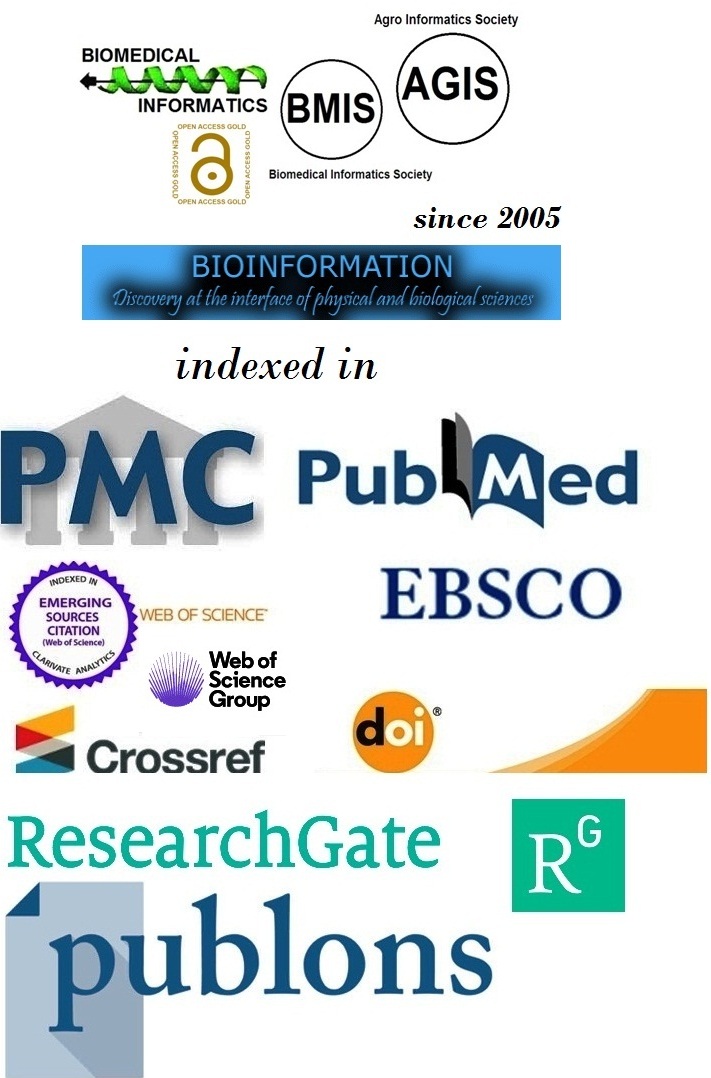Title
Identification of key candidates associated with chronic hepatitis E viral infection
Authors
Zoya Shafat1, Anam Farooqui1, Naaila Tamkeen2, Nazim Khan1, Asimul Islam1 & Shama Parveen1,*
Affiliation
1Centre for Interdisciplinary Research in Basic Sciences, Jamia Millia Islamia, New Delhi, India; 2Department of Biosciences, Jamia Millia Islamia, New Delhi, India; *Corresponding author
Zoya Shafat - E - mail: zoya179695@st.jmi.ac.in
Anam Farooqui - E - mail: anam169157@st.jmi.ac.in
Naaila Tamkeen - E - mail: naaila179739@st.jmi.ac.in
Nazim Khan - E - mail: nazim2206031@st.jmi.ac.in
Asimul Islam - E - mail: aislam@jmi.ac.in
Shama Parveen - E - mail: sparveen2@jmi.ac.in
Rajan Patel - E - mail: rpatel@jmi.ac.in
Article Type
Research Article
Date
Received January 1, 2025; Revised January 31, 2025; Accepted January 31, 2025, Published January 31, 2025
Abstract
An in-depth understanding of chronic hepatitis E viral infection is of interest as the underlying molecular mechanisms remain unexplored. An analysis of mRNA expression profile revealed a total of 69, 157 and 411 Differentially Expressed Genes (DEG) for mild, moderate and severe hepatitis E viral infection, respectively. We found 8 up-regulated genes BATF2, OASL, IFI44L, IFIT3, RSAD2, IFIT1, RASGRP3 and IFI27 having association with persistent hepatitis E viral infection. Of these genes, 6 (OASL, IFI27, IFIT1, IFIT3, RSAD2 and IFI44L) were in protein-protein interaction network and at each stage of infection. Thus, this data provides insights into key genes and linked pathways which could be targeted to offer better interventions for chronic hepatitis E viral infection.
Keywords
Hepatitis E virus, chronic hepatitis E viral infection, differentially expressed genes, enrichment analysis and protein protein interaction network
Citation
Shafat et al. Bioinformation 21(1): 66-77 (2025)
Edited by
P Kangueane
ISSN
0973-2063
Publisher
License
This is an Open Access article which permits unrestricted use, distribution, and reproduction in any medium, provided the original work is properly credited. This is distributed under the terms of the Creative Commons Attribution License.
